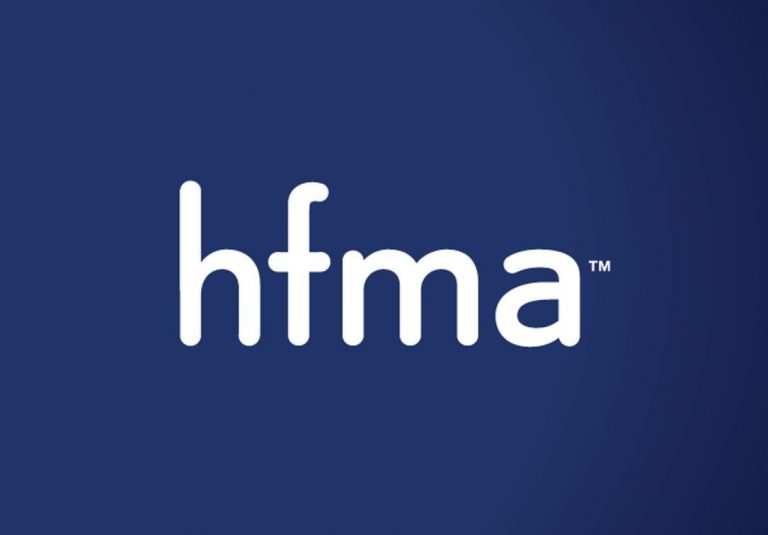

Introduction
Whether you’re kicking off a project or working to streamline processes and improve efficiency within your RCM team, developing strong standard operating procedures (SOPs) is an essential step and one that will continue to pay dividends over time. Often organizations and teams that skip this step will cite challenges such as, “documenting everything our team does is impossible” and while creating SOPs or developing a “playbook” for your teams or functions can seem daunting, the benefits in terms of quality and accountability justify the effort.
Tips and Tricks
The idea of documenting all workflows and processes within a department can seem like a heavy lift, but here are a few tips to lighten the load.
Share the Work
Lean on your subject matter experts (SMEs) and the people who are responsible for these individual workflows. Do you have a supervisor or manager that’s responsible for your denials and follow-up work? That should be the person developing your denials and follow-up SOP! These are the people providing the most oversight of these workflows and the true experts that are expected to hold the team accountable and provide coaching. Additionally, dividing the work amongst your SMEs will lighten the lift for everyone and provide them with an opportunity to show their expertise.
Knowledge Sharing and Gathering
Documenting your SOPs can serve as a tremendous opportunity to examine workflows and look for areas of improvement. You should always be asking yourself two essential questions – Does this workflow achieve the ultimate goal? And is there a better, or more efficient way to achieve that same goal? Often these questions are best answered through knowledge sharing. Take the time to meet with the people that perform these functions and work to understand the steps being taken and constantly ask why. Seek out feedback from the people involved in these processes. Utilize your team’s diverse strengths and experiences to drive improvement. An added benefit to this step is providing your team with a platform to be heard and demonstrate their prowess. You may even identify a few potential leaders along the way.
Step by Step Documentation
“Am I expected to document every single button I click, or tab that I go to within the system?” In short – yes. Undocumented steps ultimately lead to blind spots and inefficiencies within workflows. Do your team members have the same background and experience as the SMEs developing your SOPs? No, they likely do not – so how can we expect them to make the same assumptions and take the correct action? By ensuring all steps are documented you not only eliminate blind spots, but you provide your team with the tools necessary to work confidently and efficiently no matter their level of experience.
Templates & AI
A quick web search for “standard operating procedure templates” will provide you with a multitude of links and options to explore. Many of these templates are free and can easily be replicated in your favorite platform. Select the template that works best for you and your team, and modify to your liking. Ensure that this template is maintained for all SOPs to emphasize organization and create familiarity for your team. If your process is computer based, there are online tools (such as Scribe and Folge) that can quickly create detailed step-by-step instructions by capturing screenshots as you perform actions on your computer. Make use of the options available to you to reduce strain and minimize the effort and hours required.
Include Visuals
Screenshots and visuals will provide an added benefit to your SOPs. Including visuals eliminates guess work and shows your colleagues exactly where they should be looking and clicking. Additionally, including visuals will not only help to fill in the gaps that verbiage can’t cover, it will also make your workflows more easily digestible and less dense. Pro tip: download a free snipping program (such as Greenshot) that includes editing tools such as highlight and obfuscation. The latter tool – obfuscation – is critically important for circumstances where your desired visual contains sensitive or protected health information (PHI), allowing you to blur areas of the image as needed.
Distributing SOPs
Prior to distributing your SOPs, work to get approval from leadership. This will help ensure that those most accountable understand what has been included in the directive, while also providing a window for valuable feedback. Once approval has been acquired, compile and share your SOPs in a central location that will be easily accessible to your entire team. This location will act as a “source of truth” where the most current and up to date processes and workflows can (and should) be accessed. If possible, leverage a platform or shared drive where SOPs can be accessed but not edited by unapproved team members. Avoid distributing SOPs via email, which puts the onus on your team to store them and refer to the most up-to-date copies. Instead, provide email or chat alerts when SOPs are updated within the central location. That way, even if the team member misses the alert, they will still be referencing the current workflow provided they access the SOP from the central location.
Training
Training is an essential step to successfully implementing any SOP. This is particularly true for rolling out a new SOP, or when major updates are made. Ensure SMEs take the time to review the SOP with the team that will be required to follow it and give them ample opportunity to ask questions and provide feedback. This may identify areas within the SOP that should be modified to avoid confusion. Review live examples that pertain to the SOP to both demonstrate the workflow and ensure understanding. If possible, record these sessions, so that team members can go back and revisit areas where they may have missed something. This can also cut down on retraining efforts in the future and will help new or replacement staff to get up to speed even quicker.
Revision
In RCM, policies and guidelines are ever changing. Add in the occasional system update or staffing change and it’s likely that your workflows and procedures will be ever-changing as well. Taking the time to revise and make the necessary updates to your SOPs will be critical. Set aside time at recurring intervals (such as semi-annually) to have a leader or SME from your team review the applicable SOPs to ensure they are current and accurate. This will not only help to ensure continued quality and efficiency from your team, it will also help to cut down on unnecessary re-work that can often occur when out of date SOPs or workflows are referenced.
Benefits
Strong SOPs will provide extensive benefits to your RCM team. Beyond some of the more obvious advantages in terms of ensuring consistent, quality and efficient work; developing SOPs will support your revenue cycle’s ultimate goals of revenue generation and cash acceleration. Additionally, an SOP sets a standard for how a particular process or workflow should be completed. This serves to both position your team for success, while also alleviating compliance concerns and providing a platform for leadership to fairly hold staff accountable. SOPs also support scalability and expansion, as an invaluable training asset. By having your RCM workflows and procedures documented you’ll not only provide the foundation for your training department, but also a helpful mechanism for new hires to leverage while they ramp up in their new roles. Lastly, by following the tips and tricks outlined above, you’ll provide meaningful opportunities for collaboration within your team, while also giving them a chance to be heard and demonstrate their expertise.
Are you interested in connecting with Healthrise to learn more about how we can benefit your health system? Schedule a meeting and connect with our experts today!
Author: John Mulvey, Director, Revenue Cycle Management, Healthrise



